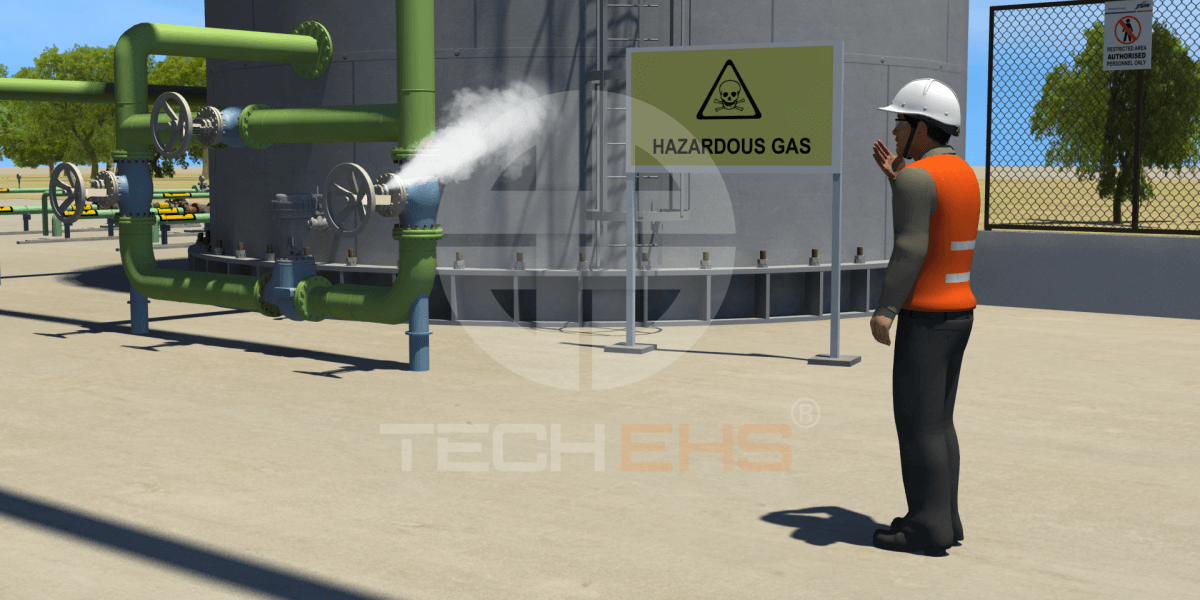
Table of Contents
Introduction
The factors to consider when selecting PPE are critical to ensuring workplace safety. A methodical approach to choosing the appropriate PPE is essential to effectively safeguard workers against various hazards.
When discussing dressing to impress, PPE is often a last thought. Now, what does PPE stand for?
PPE stands for ‘Personal Protective Equipment – so while it may not appear at a fashion week festival, it is still imperative. PPE is essentially anything you wear that, foremost, protects you against any hazardous conditions.
An industry’s technique for protecting workers remains controlling occupational exposures—for years, the hierarchy of controls has been a fundamental means of determining ways to implement feasible and effective controls.
When managers and EHS professionals get lulled into a false sense of security that does not guard compliance, one finds it challenging to determine the risk factors of a particular job function. The flow of controls remains as follows –
‘PPE – a last line of defense’ is acceptable when other controls do not eliminate the hazard or are in development.
How Does the Selection of PPE Help?
So, numerous types of PPE are geared according to the work conditions and body parts that might be susceptible to hazards.
The first essential step in fostering a thorough safety and well-being program is distinguishing physical and health dangers in the working environment. These interactions are known as ” risk evaluations” or “hazard assessments.”
For instance, a medical worker requires a gown and gloves approved for protection against contact with blood and other bodily fluids, but this type of gear would not be needed in the construction industry.
Awareness regarding all personal protective equipment tips for your specific job becomes essential.
Potential dangers might be physical or health-related, and perils should recognize risks in the two classes.
Actual perils include moving objects, fluctuating temperatures, focused energy lighting, rolling or squeezing objects, electrical associations, and sharp edges. Health dangers include overexposure to unsafe cleaners, synthetics, or radiation.
The PPE selection guide assessments should start with a walkthrough overview.
They foster a rundown of possible dangers in the risk categories as given below –
As well as taking note of the essential design of the industry and inspecting a set of experiences of related diseases or wounds, things to search and note during the surveys of selection of personal protective equipment include:
- 1
1. Sources of Power
- 2
2. Sources of movement, for example, machines or processing cycles, where development might exist that could affect industrial personnel and their working equipment.
- 3
3. Sources of high temperatures that bring about consumption, eye wounds, or fire.
- 4
4. Types of synthetics utilized in the working environment.
- 5
5. Sources of dust.
- 6
6. Sources of light radiation, like welding, brazing, cutting, heaters, heat treating, focused energy lights, and so on
- 7
7. The potential for falling or dropping articles.
- 8
8. Sharp items that could jab, cut, or puncture PPE
- 9
9. Biologic perils like blood or other possibly tainted material.
When the walkthrough finishes, industries ought to sort it out and examine the information – so it can be effectively utilized in deciding the kinds of PPE expected to be worn at the worksite.
Should Industries Be Careful? Why?

Businesses ought to become mindful of the factors influencing PPE selection, the various sorts of PPE accessible, and the degrees of security advertised. It is undoubtedly competent to choose the PPE that gives a degree of insurance that is more prominent than the factors mentioned to safeguard workers from risks.
Ideally, the industrial working environment should be repeatedly evaluated and scanned for progressions in conditions, gear, or working strategies that could influence work-related risks.
Occasional reassessments are more likely to detect a history of injury and disease records, which can help detect patterns or areas of concern.
Documentation of the risks is expected through a confirmation that incorporates the following data:
All PPE apparel and hardware ought to be safe in design and maintained cleanly and reliably, and proper equipment selection criteria should be followed.

One is confident enough to take a step forward when training is given sequentially and in detail (e-learning or animation). He/she can make decisions based on the visuals and teachings, which helped determine the types of risks, their surrounding damage, and the equivalent PPE needed.
Businesses ought to consider the fit of PPE while choosing suitable items for their work environment. PPE that fits well and is comfortable to wear will support representative utilization of PPE.
Most are available in different sizes, and the selectors should take the onus of choosing the appropriate size for every worker. If a few unique kinds of PPE are worn together, ensure they are viable.
If PPE doesn’t fit as expected, it can result in being securely covered or hazardously uncovered.
It might not give the degree of assurance wanted and may deter worker use.
OSHA expects numerous PPE classes to meet or be identical to norms created by the American National Standards Institute (ANSI). ANSI has been a planning principle since the 1920s when the essential requirement was to safeguard the heads and eyes of modern specialists.
Bosses who need to give PPE to the workers recorded below should verify that any new hardware acquired satisfies the referred ANSI guideline.
Therefore, all these selection factors effortlessly make PPE a fitting restorative move that truly acts as a last but effective line of defense.
Conclusion
The factors to consider when selecting PPE are critical to ensuring workplace safety. A methodical approach to choosing the appropriate PPE is essential to effectively safeguard workers against various hazards. This selection process involves an intricate understanding of the potential hazards and the specific parameters that define the protective capabilities of PPE.
Organizations can significantly enhance worker safety by aligning the selection criteria with the specific risks and ensuring the equipment meets comfort, durability, and compliance standards. Ongoing training and periodic reviews are essential to maintaining the efficacy of PPE and fostering a safe and secure working environment.
Remember, the ultimate goal is to protect workers from injury and illness while enabling them to perform their tasks effectively and efficiently.



